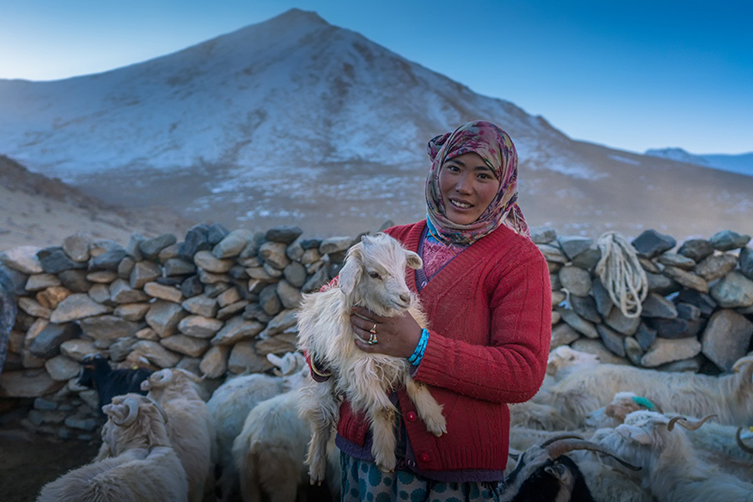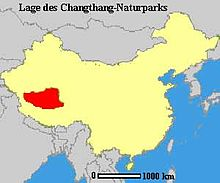- Courses
- GS Full Course 1 Year
- GS Full Course 2 Year
- GS Full Course 3 Year
- GS Full Course Till Selection
- Online Program
- GS Recorded Course
- NCERT (Recorded 500+ Hours)
- Polity Recorded Course
- Geography Recorded Course
- Economy Recorded Course
- AMAC Recorded Course
- Modern India, Post Independence & World History
- Environment Recoded Course
- Governance Recoded Course
- Science & Tech. Recoded Course
- International Relations and Internal Security Recorded Course
- Disaster Management Module Course
- Ethics Recoded Course
- Essay Recoded Course
- Current Affairs Recoded Course
- CSAT
- 5 LAYERED ARJUNA Mentorship
- Public Administration Optional
- ABOUT US
- OUR TOPPERS
- TEST SERIES
- FREE STUDY MATERIAL
- VIDEOS
- CONTACT US
CHANGPA TRIBES A SEMI-NOMADIC TIBETAN TRIBE
CHANGPA TRIBES A SEMI-NOMADIC TIBETAN TRIBE
08-04-2024

Climate activist Sonam Wangchuk and Leh Apex Body (LAB) had to cancel the Pashmina Border March, which was aimed at highlighting the condition of the Changpa nomadic tribes. These tribes are losing large parts of their land due to Chinese encroachment.
About the Changpa Tribe:
- The Changpa, also known as Champa, are semi-nomadic people primarily found in the Changtang plateau of southeastern Ladakh.
- A smaller population resides in western regions of the Tibet Autonomous Region in China.
- They share linguistic and cultural similarities with Tibetans.
- As high-altitude herder, they raise mainly yaks and goats. They live at an average altitude of 4,500 meters above sea level.
- Religion: All Changpa families practice Tibetan Buddhism.
- They can be identified by their unique conical yak-skin tents called reboo.
- Each Rebu always has a picture of the family deity and their spiritual leader, usually the Dalai Lama.
Semi-nomadic Lifestyle:
- Changpa who lead a nomadic life are called Phalpa, while Changpa who settle in fixed places are called Phangpa.
- For many Changpas, rearing animals and consuming and selling their produce (milk and its products, hair, and meat) is the sole means of livelihood.
- They raise the highly pedigree and prized Changra goats (Capra hircus) which produce the rare pashmina (cashmere) fiber. This is the finest fiber of all goat hair.
- Their Buddhist beliefs prohibit them from killing animals for meat. Only when animals die naturally can the carcasses be used for meat and hide, which the Changpas use to line their huts and make garments.
In 1989, the Changpa were granted official status as a Scheduled Tribe in India.
FAQs:
Q1: What is yak?
- A yak is a long-haired, short-legged mammal that is related to cattle, buffalo, and bison. Yaks are also known as the Tartary ox, grunting ox, or hairy cattle.
- Yaks are found in the Himalayan region, the Tibetan plateau, and Mongolia. They are also found in China, Central Asia, Nepal, and Siberia. Yaks are mostly found in high-altitude areas, such as Tibet and Central Asia. They live in cold places with few plants, so they have to travel long distances to find enough grass to eat.

![img-PSYCHOLOGICAL WARFARE [PSYWAR]](https://i.filecdn.in/755esias/PSYCHOLOGICALWARFAREPSYWAR-1747206772505.jpg)

